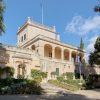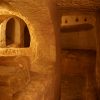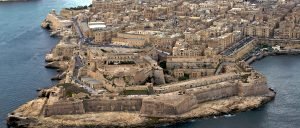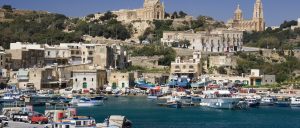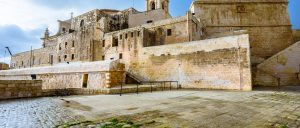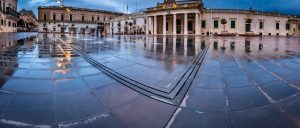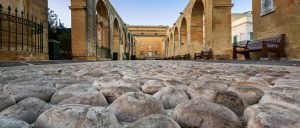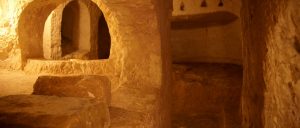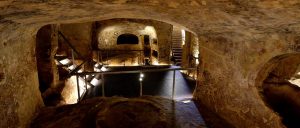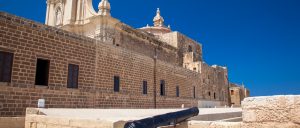What to see at Mosta
History of The Mosta’s Majestic Dome
Before the Parish Church of the Assumption was built, there was a small church referred to as Ta’ Ziri. However, the church became too small in the early 1830s, because the town’s population was growing quickly. To fix the problem of the church being too small, Giorgio Grognet de Vesse proposed building a new church that was based on the Roman Pantheon. While there was opposition, the design was approved, and construction of the church started in 1833.
The Parish Church of the Assumption was built around the smaller church, which was used the whole time during the construction of the new church. Many of the people in Mosta helped to build the new church. They would help on Sundays, public holidays, and any other time that they had free.
Grognet did not have any architectural training, so he worked with the architect of the Summit to plan the Parish Church of the Assumption. The church would take 28 years to complete, and the old church was removed in 1860. Since the Parish Church of the Assumption was built around the old church, it did not need to be consecrated after being completed.
What Makes the Mosta’s Majestic Dome so Special?
The Mosta’s Majestic Dome design is based on the roof of the Pantheon of Rome. Today, the dome is claimed to be the 3rd largest dome that is unsupported in the world. The Rotunda of Mosta is lucky to be intact today. During the Second World War, the church almost was destroyed by the Germans. There were a total of three bombs dropped on the church on April 9, 1942, during the early evening. Two of the three bombs were deflected by the roof without them exploding. One of the aerial bombs that were dropped by the Germans pierced the domed roof, and fell into the church while there was mass. However, the aerial bomb did not explode. The church goers claimed that it was a miracle. The bomb was quickly removed from the church. It was defused and dumped into the sea by the Royal Engineers Bomb Disposal. There is now a replica of the aerial bomb in the church, as a reminder of how lucky the over 300 people in the church were that day.


